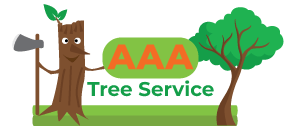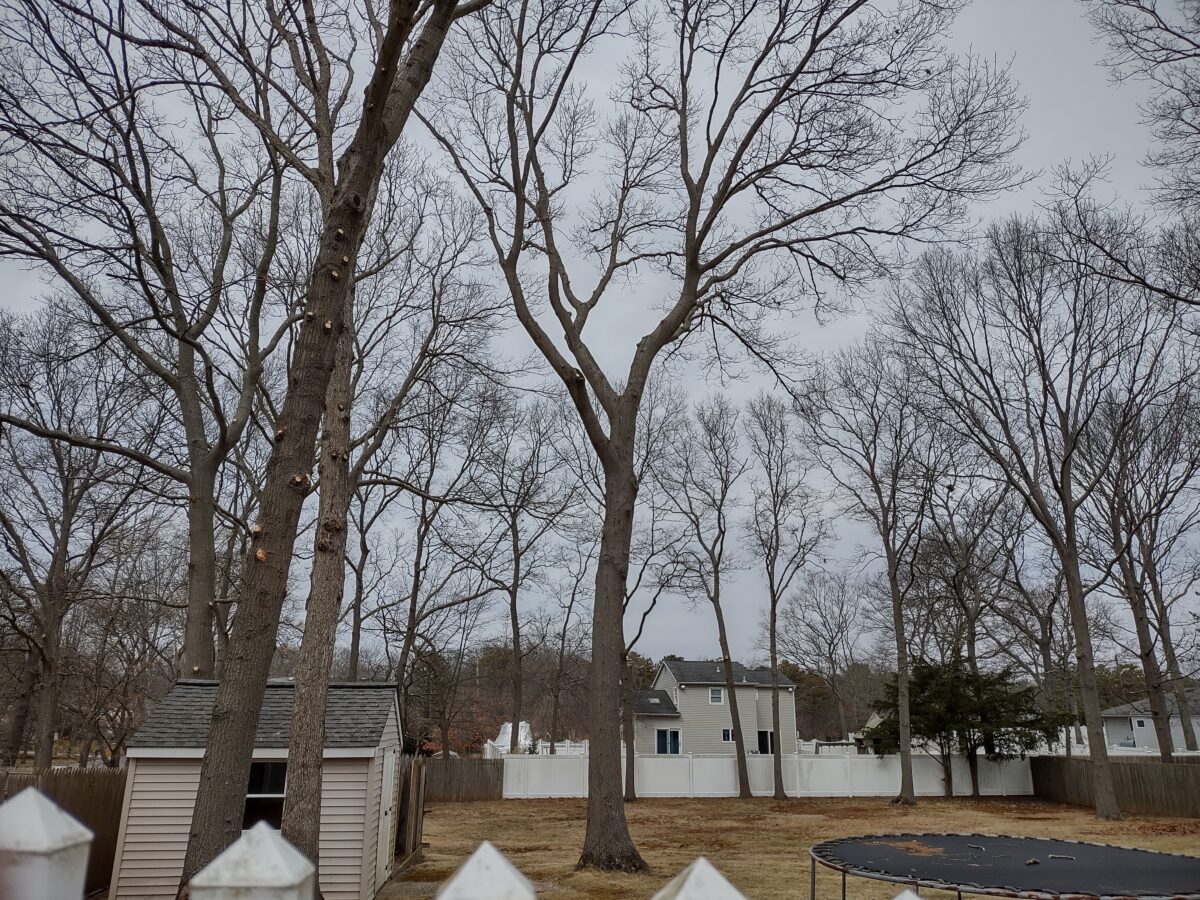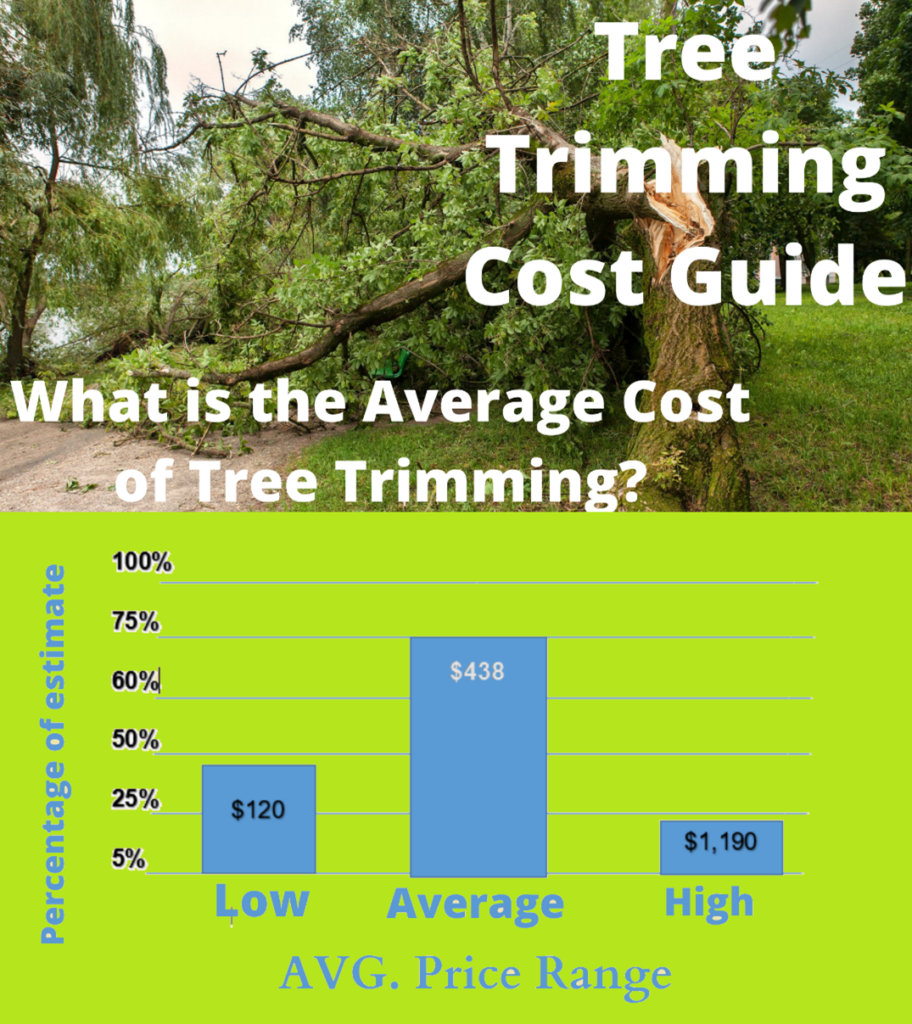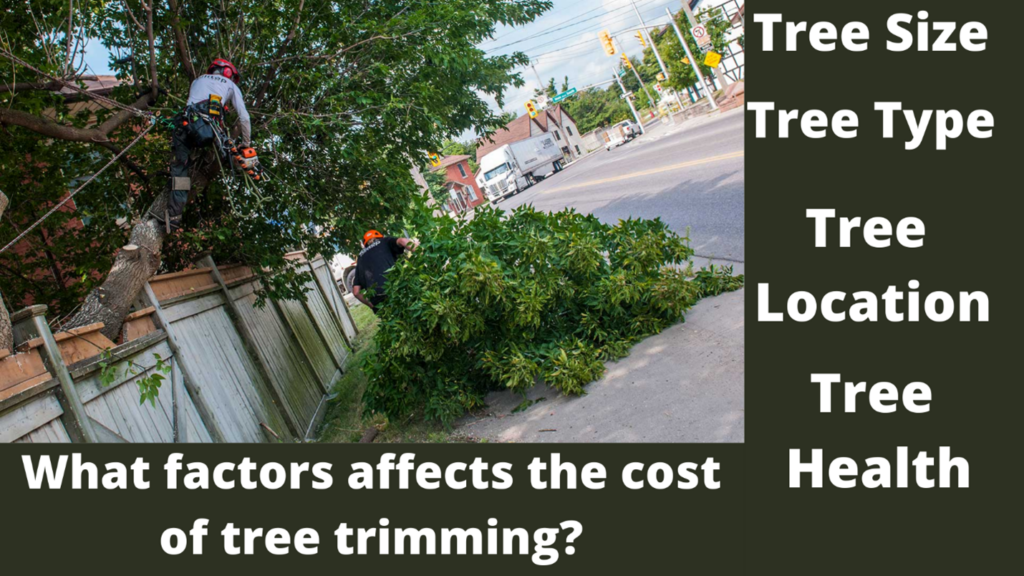Shrub and Tree Trimming & Pruning Services
10 Steps of Shrub and Tree Trimming and Pruning Services
Pruning your scene shrubs and trees is the best thing you can do for plant wellbeing, however most property holders neglect or stay away from it.
Numerous landowners don’t have time, don’t have the information, don’t believe it’s important, or are scared of harming their trees and shrubs.
Pruning isn’t unsafe or as difficult as many people think. There are really few risks to your trees and bushes, however, the rewards to them are critical.
With the right techniques and tricks, the correct gear, and proper trimming and pruning services, using great tips, your trees and shrubs will produce more limbs, greener, thicker foliage, and more sprouts during their development season.
1. Reasons for trimming and pruning
- To prepare a plant
- To maintain plant wellbeing
- To improve the nature of tree, organic fruit, foliage, or stems
- To control plant growth
- as possible to create the nourishment required for strong root development. But if you notice dead or broken branches, tree labels, or branches competing with the ladder, you can prune them near the tree trunk. When shrubs and trees are three or four years of age, they can be pruned throughout the following years to make an appropriate shape and expand flowering and foliage. Root development should be strong to stay in the tree and feed the branches
-
2- Use proper pruning tools
- When pruning your trees and shrubs, select tools that will carry out the good job, keep a sharp edge, and are easy to deal with. Great pruning gear will make exact cuts and do a great job. When pruning is done, store your gear in a dry room. Pruning Tips: When pruning infected trees or shrubs, clean observed sharp edges and pruning shears after each slice to prevent spreading disease. Hand shears– Bypass type pruners have a scissor-type blade that is curved. Used to cut ¾ inches in diameter. Lopping shears– Cut branches that are up to 1 ¾ inch in diameter. It gives you extra reach and long handles with better cutting power. Pole pruners– Can reach branches that are twelve feet or more in height, cut out up to 2 inches in diameter. Hedges shears– Manual and power types. Saws– (pruning saws, chain saws) A variety depending on the needs
3- Avoid pruning new trees and shrubs
If you have youthful or recently planted trees or bushes in your yard, avoid pruning them for the 1st couple of years. New plants need as many leaves
as possible to create the nourishment required for strong root development. But if you notice dead or broken branches, tree labels, or branches competing with the ladder, you can prune them near the tree trunk.
When shrubs and trees are three or four years of age, they can be pruned throughout the following years to make an appropriate shape and expand flowering and foliage. Root development should be strong to stay in the tree and feed the branches.
4- Make Proper Pruning Cuts
Most varieties of trees have a single stem, so find the best header branches before you start pruning. Cut all defected branches before you start pruning to shape the tree. If you have huge or tall trees, use a pole pruner for high branches.
In case you’re pruning a little branch, make the cut at a horizontal bud if conceivable. Neat cut at a slight edge around 1/4-inch beyond the bud For bigger branches, cut outside the branch neckline and branch bark edge, but don’t leave a distending stub. So if the limbs are small and haven’t framed a furrowed neckline, cut close
5- Remove dead or damaged branches
If your shrub and tree have frail, harmed, or dead limbs, cut them off. They can be pruned regardless of the developing season.
Appendages and branches that are dull or colorless completely through sign dead wood, but green indications of the colored signs of life.
If branches give green development signals, it’s ideal to check the best possible pruning time for that variety of shrub and trees to avoid causing damage.
6- Clean your pruning gear
It is important to sanitize your tree pruning gear that you keep away from cutting into ulcers and unhealthy portions of trees and shrubs, it is perfect to be protected and sanitize your pruning instruments with scouring alcohol or any nuclear cleaner after each cut of an infected tree. You should plunge or rub the sharp edges with a disinfectant- impregnated material after the pruning of a healthy tree is done, and before you move to the following tree or growth
7-Prune at the right time
Commonly, most property holders prune when it’s helpful for them, but that may not be the best time for the trees and bushes.
In case you’re removing branches or limbs that are frail, interlaced, harmed, or dead, pruning should be possible at any time of the year, but strong trees and shrubs should be pruned at specific occasions, depending upon the species.
Pruning and trimming at a wrong time can cause harm that results in hindered development, powerless appendages and branches, poor foliage development, and fewer flower creation.
Normally, pruning in pre-spring when most trees and bushes are shapes is ideal.
This is good before spring development starts, so any pruning missteps or wounds are exposed for a short timeframe. It’s likewise simpler to look at the plant structure when branches are uncovered.
8-Pruning evergreen shrubs and Trees
Evergreen shrubs and trees fall into two classifications: needle-bearing and broadleaf.
So it’s ideal to prune evergreens in late-winter after new development starts, but the specific pruning time may fluctuate with the plant assortment.
If the trees and bushes are blooming varieties, similar to azaleas, magnolias, and rhododendrons, or assortments that produce colorful berries, similar to holly shrubs, hold up until they quit blooming, so you can enjoy the blossom.
9-Pruning flowering shrubs and trees
Spring-blooming shrubs and trees should be pruned after their flowers start to die. These plants ordinarily sprout on last year’s growth.
Summer-blooming and fall-blooming shrubs and trees should be pruned in pre-spring or late-winter. These plants sprout on the present year’s development.
10-Topping Vs. Thinning
Sometimes trees are “topped” to diminish the size or to revive growth.
At the point when a tree is topped, the height is chopped down from the top. Topping isn’t recommended from many expert arborists, for a few reasons.
After a few months, regrowth on a topped tree develops at a fiery pace with thick and upstanding development. It can easily breakdown during extreme rain or wind storms, regular in Northern areas.
It also affects the tree’s structure and appearance and makes it progressively vulnerable to creepy crawlies and disease, resulting in a shorter life for the tree.
Thinning is a superior method for decreasing the size of a tree or restoring development.
Thinning a tree returns it to its regular branching before development and results in an increasingly open tree that emphasizes the tree’s unique structure.
Additionally, thinning makes the tree stronger by compelling the diameter across the development of the remaining branches.
A quick look of tree trimming and pruning services
Tree trimming and Pruning services help trees with getting strong and look perfect and engaging. One prunes a tree to clear hurt branches, think about the new turn of development, or make a specific shape. It’s important to do it adequately, so you don’t end up hurting the tree.
Buy the best pruning tool you can manage the expense of and keep them in incredible condition.
Starting with new and innovative tools in front of the market that is perfectly helpful to a property holder.
Pruning large trees can be dangerous, due to heavy limbs and branches and the height of the trees. If you have a large, mature tree in your landscape, pruning should be done by experts






